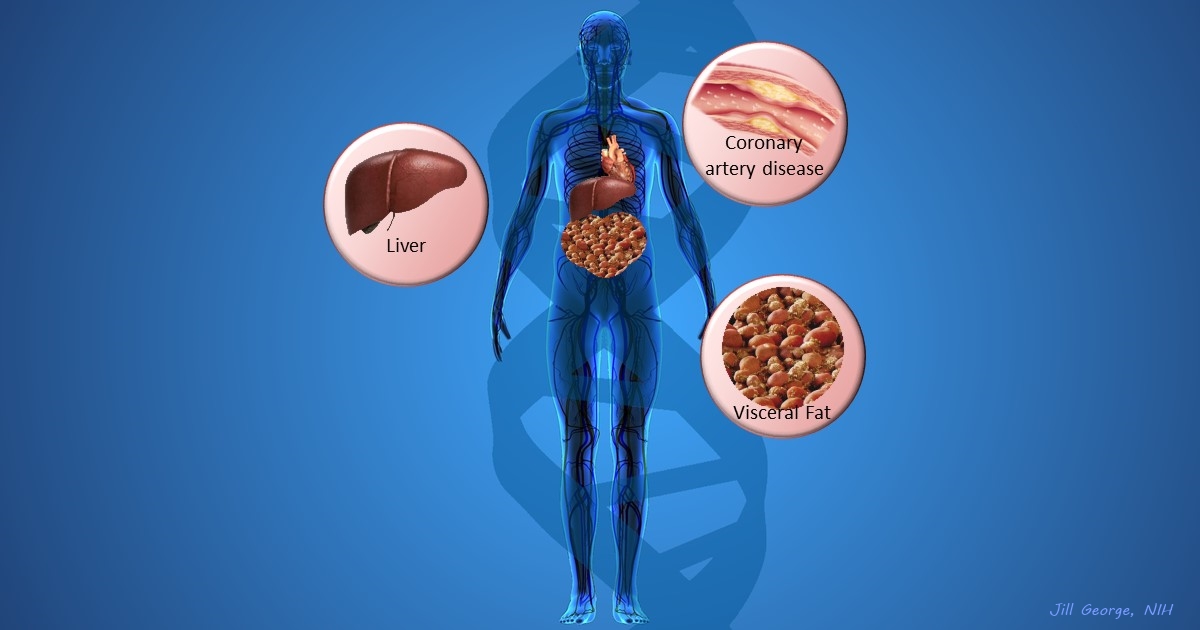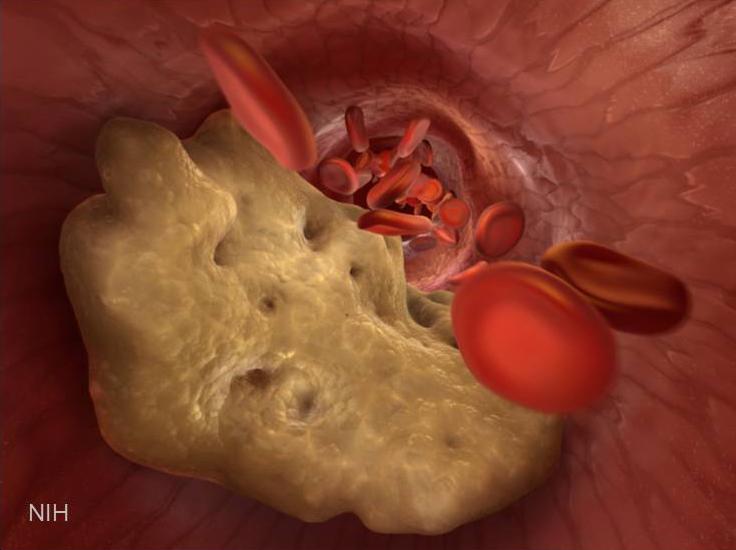LDL – NIH Director's Blog (original) (raw)
Cardiometabolic Disease: Big Data Tackles a Big Health Problem
Posted on September 8th, 2016 by Dr. Francis Collins

More and more studies are popping up that demonstrate the power of Big Data analyses to get at the underlying molecular pathology of some of our most common diseases. A great example, which may have flown a bit under the radar during the summer holidays, involves cardiometabolic disease. It’s an umbrella term for common vascular and metabolic conditions, including hypertension, impaired glucose and lipid metabolism, excess belly fat, and inflammation. All of these components of cardiometabolic disease can increase a person’s risk for a heart attack or stroke.
In the study, an international research team tapped into the power of genomic data to develop clearer pictures of the complex biocircuitry in seven types of vascular and metabolic tissue known to be affected by cardiometabolic disease: the liver, the heart’s aortic root, visceral abdominal fat, subcutaneous fat, internal mammary artery, skeletal muscle, and blood. The researchers found that while some circuits might regulate the level of gene expression in just one tissue, that’s often not the case. In fact, the researchers’ computational models show that such genetic circuitry can be organized into super networks that work together to influence how multiple tissues carry out fundamental life processes, such as metabolizing glucose or regulating lipid levels. When these networks are perturbed, perhaps by things like inherited variants that affect gene expression, or environmental influences such as a high-carb diet, sedentary lifestyle, the aging process, or infectious disease, the researchers’ modeling work suggests that multiple tissues can be affected, resulting in chronic, systemic disorders including cardiometabolic disease.
Tags: bad cholesterol, big data, bioinformatics, blood lipids, cardiometabolic disease, cardiovascular disease, coronary artery disease, coronary bypass surgery, drug delivery, eQTL, Estonia, fat, gemomics, gene networks, gene variants, GWAS, hyperlipidemia, hypertension, LDL, liver, metabolic syndrome, NHGRI GWAS Catalog, PCSK9, PMI, Precision Medicine Initiative Cohort Program, STARNET, Sweden, systems biology, systems genetics, type 2 diabetes, visceral abdominal fat, visceral fat
MicroRNA Research Takes Aim at Cholesterol
Posted on November 26th, 2013 by Dr. Francis Collins
Caption: Illustration of artery partially blocked by a cholesterol plaque.
If you’re concerned about your cardiovascular health, you’re probably familiar with “good” and “bad” cholesterol: high-density lipoprotein (HDL) and its evil counterpart, low-density lipoprotein (LDL). Too much LDL floating around in your blood causes problems by sticking to the artery walls, narrowing the passage and raising risk of a stroke or heart attack. Statins work to lower LDL. HDL, on the other hand, cruises through your arteries scavenging excess cholesterol and returning it to the liver, where it’s broken down.
Posted In: Science
Tags: ABCA1, cardiovascular disease, cholesterol, diabetes, HDL, high-density lipoprotein, LDL, lipids, low-density lipoprotein, MicroRNA, miR-27b, miR-33a, miR-33b, miRNA, National Institutes of Health, NIH, protein, ribonucleic acid, RNA, stroke
